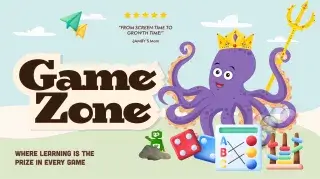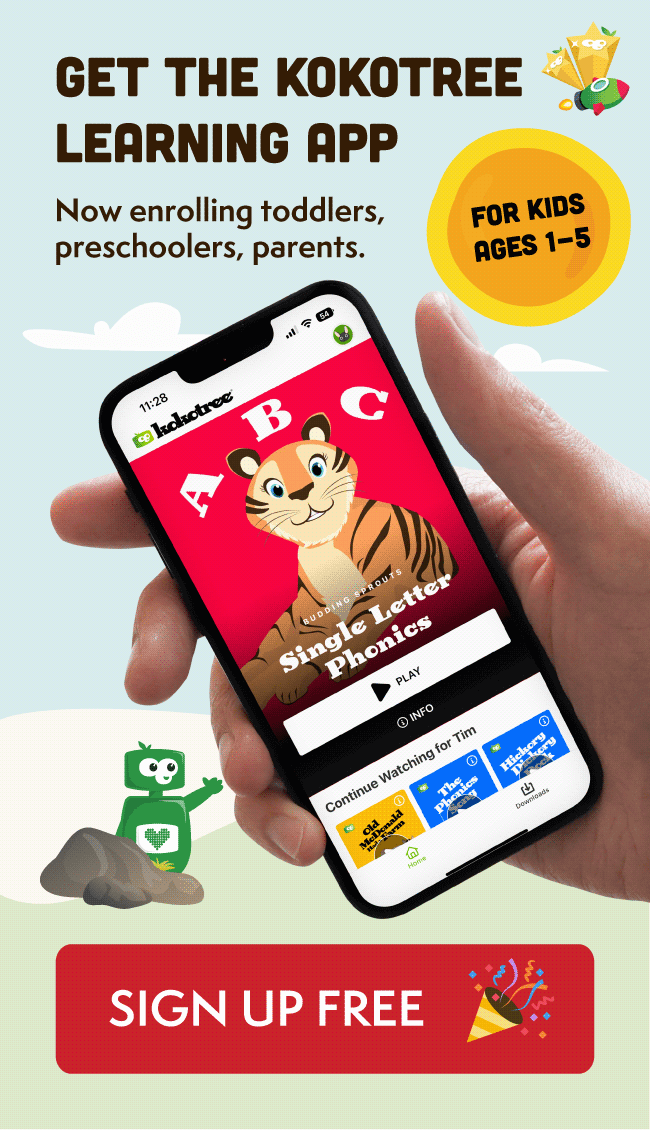

Welcome to our blog! If you’re a parent seeking advice and solutions to help improve your child’s reading skills, then you’re in the right place. In this post, we will explore the concept of homographs in phonics. Homographs can be fun and challenging for young learners, as they have the same spelling as another word, but a different pronunciation and meaning. For example, consider the words ‘lead’ (a type of metal) and ‘lead’ (to guide). By recognizing homographs, your child can develop better reading comprehension and expand their vocabulary. So, let’s dive in and learn more about these tricky words!
A homograph in phonics refers to a word that shares the same spelling as another word, but has a different pronunciation and meaning. Essentially, homographs look identical when written, but their distinct sounds and meanings set them apart. These words can present a unique challenge for learners as they develop reading comprehension, vocabulary skills, and phonemic awareness. Understanding homographs is an essential aspect of mastering the English language.
Homographs are a fascinating and thought-provoking aspect of the English language. By taking the time to familiarize themselves with these words, children can gain a deeper understanding of English and improve their language skills. To guide you and your child through this process, let’s explore some typical examples of homographs.
Homographs are present in everyday language, adding an extra layer of complexity to learning English. Here are a few common examples to get started:
Knowing these examples can help your child recognize homographs as they encounter them in their reading.
Phonics is a proven method for teaching children to read by connecting sounds to letters, helping them decode words. One crucial aspect of teaching phonics involves helping children recognize and understand homographs. This can be accomplished through a variety of evidence-backed techniques, which can be incorporated into daily learning sessions.
Using memory tricks and creating word associations can help children retain and understand homographs more easily. For example, visual aids or simple sentences can be used to demonstrate the different meanings and pronunciations of the homographs ‘lead’ (a type of metal) and ‘lead’ (to guide). Similarly, associating the homograph ‘bow’ with tying a ribbon, and ‘bow’ with the front of a boat, can help clarify their distinct meanings.
While homographs can be tricky, integrating them into your child’s learning routine doesn’t have to be a chore. Using a learning app for kids that focuses on phonics can make the process engaging, interactive, and enjoyable. Many of these apps offer games and tailored exercises designed to teach homographs, allowing your child to practice and refine their skills as they progress.
As a parent, it’s essential to recognize the importance of homographs in your child’s reading journey. By utilizing phonics-based strategies, memory tricks, and a learning app for kids, you can equip your child with the necessary tools to navigate homographs confidently and successfully.
Effectively teaching homographs requires a blend of patience, creativity, and engagement. With the right approach, you can help your child embrace the challenges and joys of learning about homographs. Let’s explore some additional tips and strategies for teaching these exciting aspects of the English language.
Flashcards can be an excellent resource for reinforcing homographs. They offer a unique and customizable approach that allows you to focus on the homographs your child finds most challenging. To create your own flashcards, simply write the homograph on one side and the different meanings and pronunciations on the other. This can be a fun activity for both you and your child, fostering a sense of accomplishment as they progress in their learning journey.
Reading with your child is an engaging and nurturing way to teach them about homographs. As you read stories or articles together, pause to discuss any homographs you come across. This will help your child develop their comprehension skills while encouraging a love for reading.
When learning about homographs, it’s vital to encourage a growth mindset in your child. This positive attitude emphasizes the notion that learning and understanding can improve with effort, time, and practice. Reinforcing the importance of perseverance and resilience can be especially beneficial when tackling the sometimes-confusing world of homographs.
Lastly, it’s essential to acknowledge your child’s achievements and provide support during their learning process. Celebrate their successes when they correctly identify and use homographs, and reassurance them when they make mistakes. Emphasizing the importance of trying and learning from errors will cultivate a healthier approach to learning not only about homographs but other aspects of the English language as well.
By incorporating these tips and strategies into your child’s language learning journey, you’ll help them build a solid foundation in reading comprehension and phonics. Homographs can be challenging, but they also represent an opportunity for growth and discovery, shaping young learners into confident and curious individuals ready to tackle the exciting world of the English language.
As you navigate the world of homographs alongside your child, you may have questions about their significance, how they can impact learning, and strategies for teaching them. We’ve gathered 13 common questions and provided answers to help you better understand homographs and their role in early childhood education.
Learning about homographs helps children develop their reading comprehension and vocabulary skills. Homographs are common in the English language, so understanding them is a crucial aspect of mastering reading and writing.
Homographs can be identified by their identical spelling, despite having different pronunciations and meanings. If you come across two words that share the same spelling but hold different meanings, they are likely homographs.
Homographs are important in phonics because they challenge children to connect sounds to letters in unique ways. Recognizing these differences in pronunciation and meaning reinforces a child’s phonemic awareness and reading skills.
Use memory tricks, word associations, visual aids, flashcards, engaging reading materials, and learning apps that focus on phonics. These strategies will help children recognize, understand, and remember homographs more effectively.
Some common homograph examples include bow (to bend) and bow (a ribbon), lead (a type of metal) and lead (to guide), and tear (to rip) and tear (from the eye).
Yes, many learning apps for kids feature games and exercises specifically designed to teach homographs. These apps provide engaging, interactive, and enjoyable experiences that help children practice and refine their skills.
Homographs have the same spelling but different meanings and pronunciations, whereas homophones have the same pronunciation but different spellings and meanings. Homonyms may either be homographs or homophones, sharing either spelling or pronunciation.
Yes, homographs can be found in various languages. However, their presence and frequency may differ depending on the language’s structure and vocabulary.
Children can start learning about homographs once they have a basic understanding of phonics and have begun reading simple words. This typically occurs around kindergarten or first grade, depending on the child’s individual development.
Encourage a growth mindset, celebrate successes, offer reassurance when mistakes occur, and reinforce the importance of perseverance. These positive attitudes will help your child feel more confident when learning about homographs and other language concepts.
Yes, creating your own learning materials, such as flashcards or simple sentences, can be a fun and engaging approach to teaching homographs. Customize the materials to focus on the homographs your child finds most challenging.
If your child struggles to recognize or understand homographs, consider seeking additional guidance from their teacher or a language specialist. They may benefit from tailored support and strategies designed to improve their understanding and retention.
Yes, incorporating homographs into everyday conversation and reading materials can provide practical and consistent exposure to these words, reinforcing your child’s understanding and improving their language skills.




